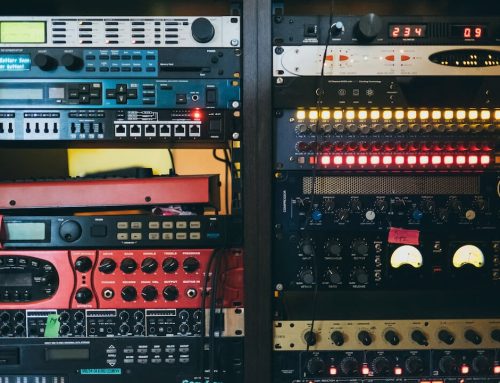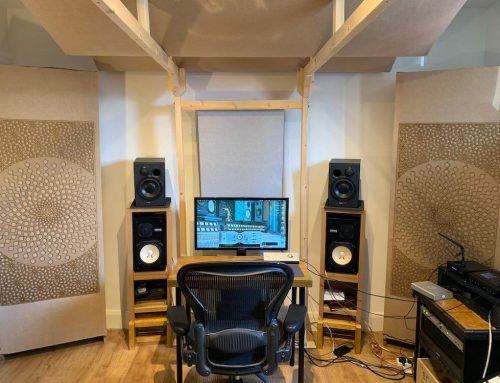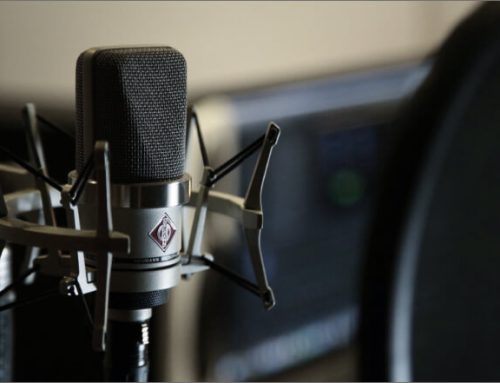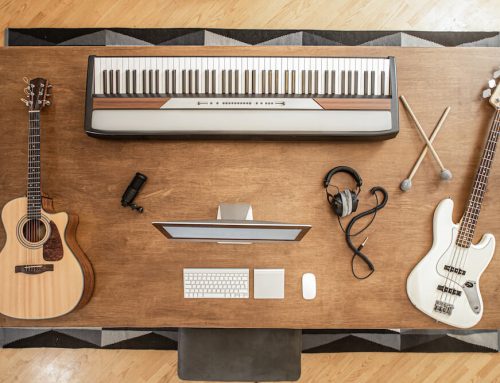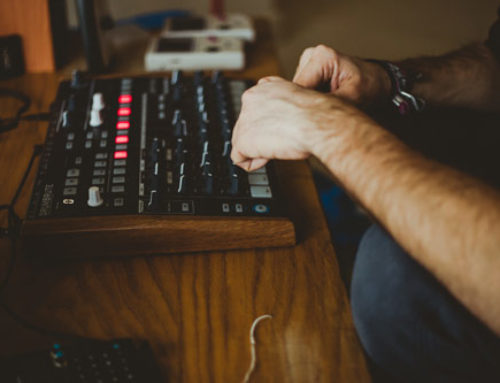In modern music production, drum layering can be highly beneficial for poorly recorded drums in the home-studio or just as an enhancement for top quality recordings from a high-end project.
Benefits include:
• Full control and manipulation over the end result
• Sculpting truly unique and original sounds
• Bringing greater depth, width, and thickness to your mixes
If you are new to the subject or have been doing it ineffectively for some time now, always ending up with results that are “not quite there yet” or are making your mixes even worst — maybe your approach towards drum layering should change.
For me personally, “layering drums” falls into a category I call “Surgical Mixing”. That includes paying attention to the smallest details in my mix, which sometimes can push me to end up with 10-15 different channels just for the kick drum or the snare. I approach drum layers as parallel processing and it could include layering multiple different samples to forge one kick or parallel versions of the same sample, each of them processing the source differently. In most cases of my work, I include a bit of both, as I use both techniques to achieve the same result.
Before we dive in I’d like to mention that to a beginner this could be a dangerous game, which can totally destroy a mix. What I call “Surgical Mixing” should be applied when needed and not just for the sake of having more channels. This is certainly something that I believe most people go through in the beginning and is beneficial for the learning process, but one must know when to stop. Overpowering mixes with a million parallel channels can be helpful to develop a large vocabulary of tools in your mixing toolbox, as well as knowledge of what to use and what to avoid, but it can be very destructive for those first mixes you don’t want to ever leave your hard-drive.
Sculpting different samples
Multiple layers of the full frequency spectrum of samples on top of each other can almost certainly cause clashing of frequencies, cancellations etc. Instead of endlessly trying to overpower my mixes I would sit back, listen to my base sound (original recording) and try to envision what I want from it in relation with the rest of the instruments. Then I would go through my sample libraries and start sculpting and stripping out parts of different samples and gluing them back together in one AUX channel. For example, I might use the body of a certain sample forged with the attack of a different one, by carving out the unnecessary frequencies.
In another approach towards layering, I would use parts of different samples to control the envelope (ADSR) of the SUM channel (AUX that combines all different layers). I would separate and isolate the attack, decay, sustain and release of samples, process them individually and fuse them together. This technique grants me full control over the levels and tonal characteristics of the ADSR, which allows for radical manipulation and freedom over the end result. For the separation, I can use any audio editor of my DAW, as long as it has envelope control, as well as some more eccentric and complex approaches using dynamic processing and side-chaining.
Sculpting parallel versions of the original source
Very often I compliment that first technique with sculpting parallel versions of the same source, which also falls into the category of layering. For instance, if my snare is losing some of its body in the mix I might just scoop out everything above 200 kHz with LPF in a parallel channel, which I would then mix back with the rest of the instruments. That creates the illusion of a boost through subtractive EQ-ing and is very useful to the emphasis on lacking frequencies whilst avoiding drastic boosts on the source of the sound. If my snare is lacking presence in the strings I might just overdrive it in a parallel channel and apply HPF to avoid low-end disruptions and phasing problems with the previous parallel or the original source. Using harmonic distortions can be disruptive for the phase of the low end, but not as noticeable for the higher part of the spectrum.
Regardless if I’m layering parallel instances of the same origin or completely different samples I have to do it sensibly and make sure the different layers are complementing each other instead of fighting. They must make space for each other, so they can work together. To avoid build-ups for undesired mud, phasing issues etc I always monitor my mixes in mono and use techniques like the subtractive EQ-ing to leave space for the individual samples to breath and co-exist in the mix
My advice
Whenever you create new fusions of sounds, don’t be afraid to save them as individual samples for future applications. It’s never too early to start building your own library. If you are new you should try to do it from scratch every time, so you can get a larger vocabulary and become more comfortable with the process.
If you just stumbled upon drum layering for the first time — you are very lucky to be living now instead of 50 years ago. The list of tools on your disposal is endless from cutting and pasting with a mouse to drum machines, samplers, dynamic processors, stereo width images and an endless sea of parallel channels.
Don’t hold on to the stock samples of Logic or Slate Digital for too long, because they are very widely used and easily recognizable. Samples are becoming more and more affordable, but keep in mind that quality work costs money and you’ve chosen a very expensive hobby.
Keep in mind that everything I said is my opinion and you don’t have to stick to it. I spent years learning rules of mixing and music production to find out that there are no rules to this game. Every single new technique you learn can be applied for a million different reasons, achieving different results every time and drum layering is no different. How you choose to use it is entirely up to you and as long as the end result sounds good — nobody cares how you did it!
Feel free to leave a comment if you have any questions or you want me to dive in deeper in Drum Layering.
Ivo Sotirov – Sound Engineer and Music Producer
www.ivo.sotirov.me



